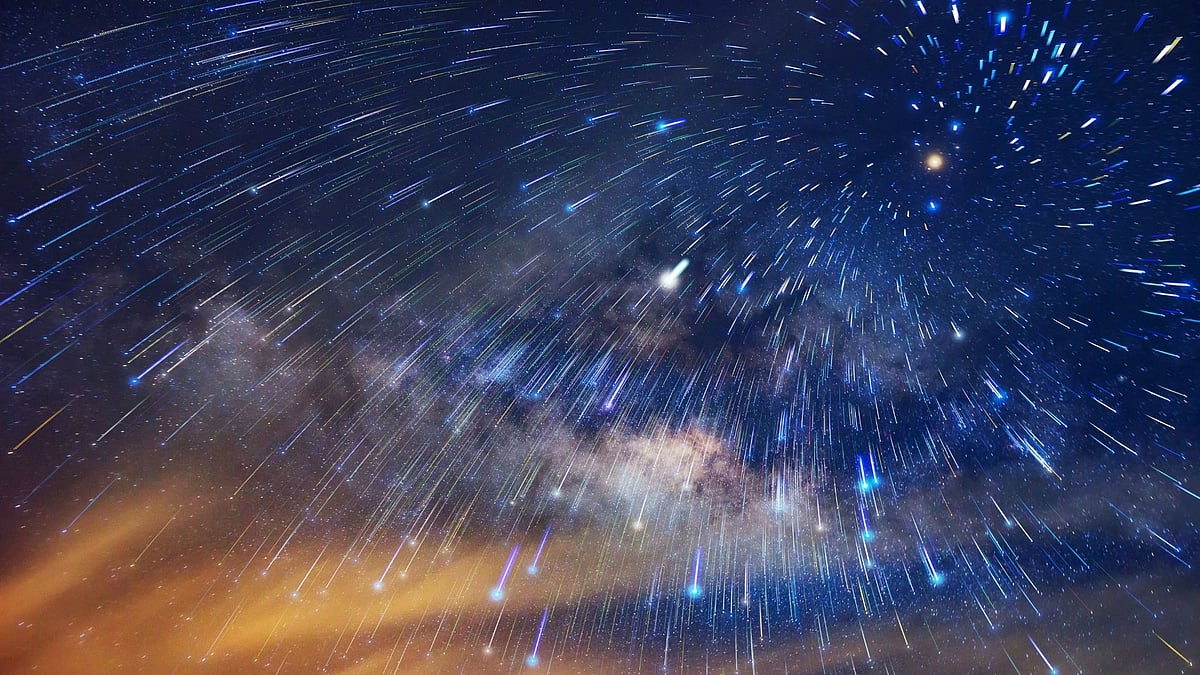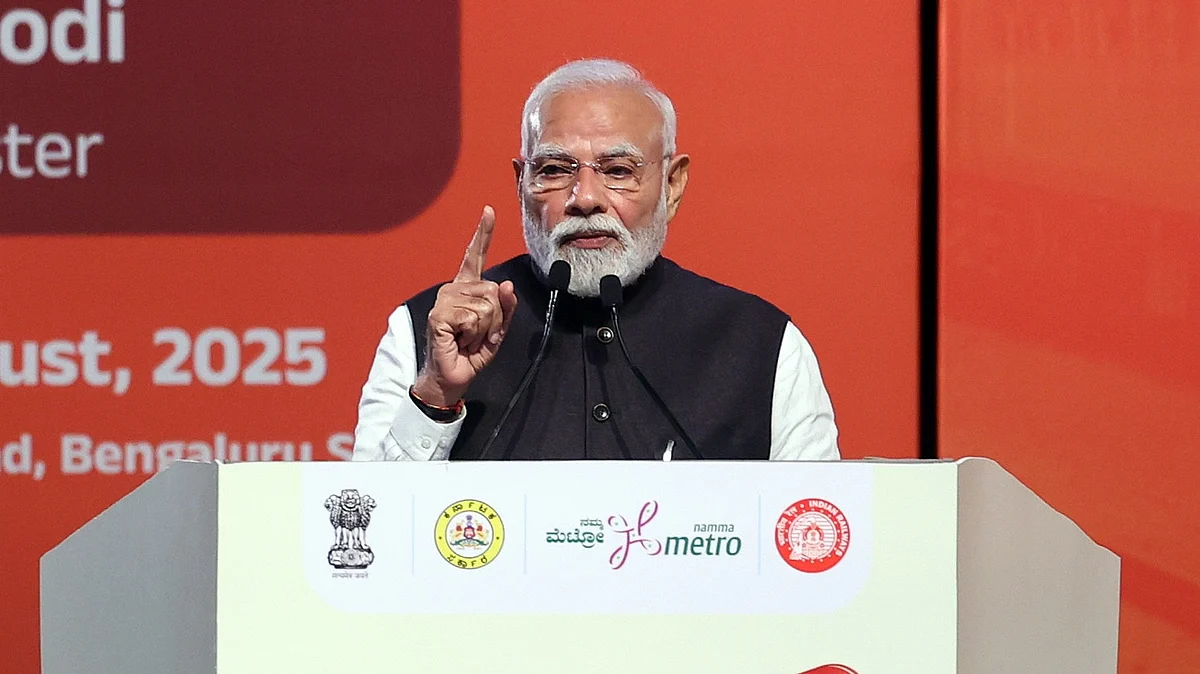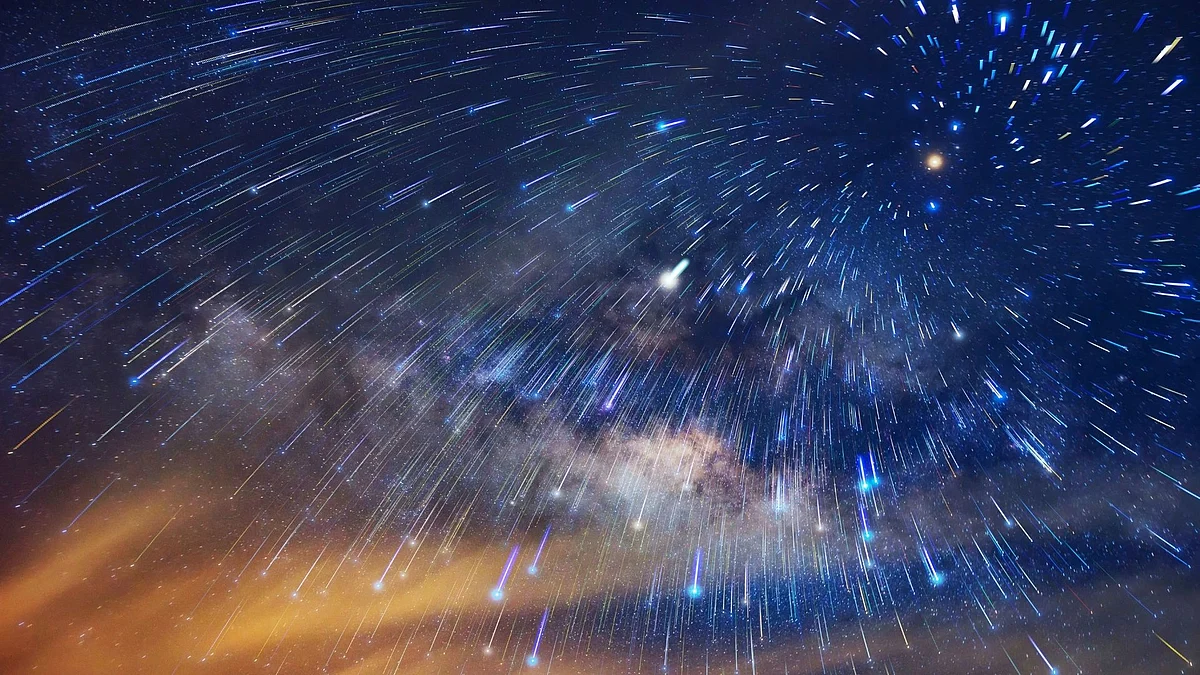Every August, the Perseid meteor shower lights up the night sky with dazzling streaks of light and brilliant fireballs. Caused by Earth’s passage through a trail of cosmic debris left by comet Swift–Tuttle (109P), this annual celestial display is among the most awaited astronomical events worldwide.
In 2025, the Perseids will reach their peak between the nights of August 12 and 13, offering the best chance to witness up to 100 meteors per hour under ideal conditions. Meteors will be visible from late evening until dawn, with the pre-dawn hours providing the clearest views.
This year, an 80% illuminated waning gibbous Moon will rise before midnight on August 12, slightly reducing visibility by washing out fainter meteors. However, the Perseids are famous for producing exceptionally bright streaks and spectacular fireballs, many of which will still shine clearly despite the moonlight.
Where to look in the night sky?
The meteors appear to radiate from the constellation Perseus, located near the bright star Eta Persei. During peak viewing hours, Perseus will rise high in the northeast sky, but meteors can appear anywhere overhead. For the longest and most striking trails, experts recommend gazing 40 degrees above the horizon and slightly away from the radiant point.
A simple guide: hold your clenched fist at arm’s length-it covers about 10 degrees of the sky. This can help you measure the ideal viewing angle without special tools.
Will the Perseids be visible in India?
Yes, observers in India will be able to see the Perseid meteor shower, although visibility will vary depending on light pollution and cloud cover. The best viewing will be from northern and northeastern parts of the country, but stargazers across most of India can catch the show from dark, open areas with a clear horizon.
The ideal time for Indian viewers is post-midnight to pre-dawn on August 13, when the Perseus constellation rises higher in the sky. Rural locations away from city lights will offer the most spectacular views.
Best Locations for Watching the Perseids
Globally, the Perseids are visible across much of the Northern Hemisphere, including North America, Europe, and parts of Asia. In India, hill stations, remote villages, and dark-sky reserves provide perfect backdrops for the display. Popular astronomy groups often organise viewing sessions during the peak nights. It will clearly be visible from regions like the Runn of Kutch, Spiti, Ladakh and other clear areas.
Before observing, allow at least 30 minutes for your eyes to adjust to darkness. Bring blankets or reclining chairs to make the experience comfortable, and avoid looking at your phone’s bright screen, which can disrupt night vision.
Whether you’re in the hills of Himachal, the beaches of Goa, or the remote deserts of Rajasthan, the Perseids are worth staying up for. All you need is a clear sky, some patience, and a sense of wonder, because the magic of the Perseids is best experienced under the quiet, star-filled skies of a summer night.










